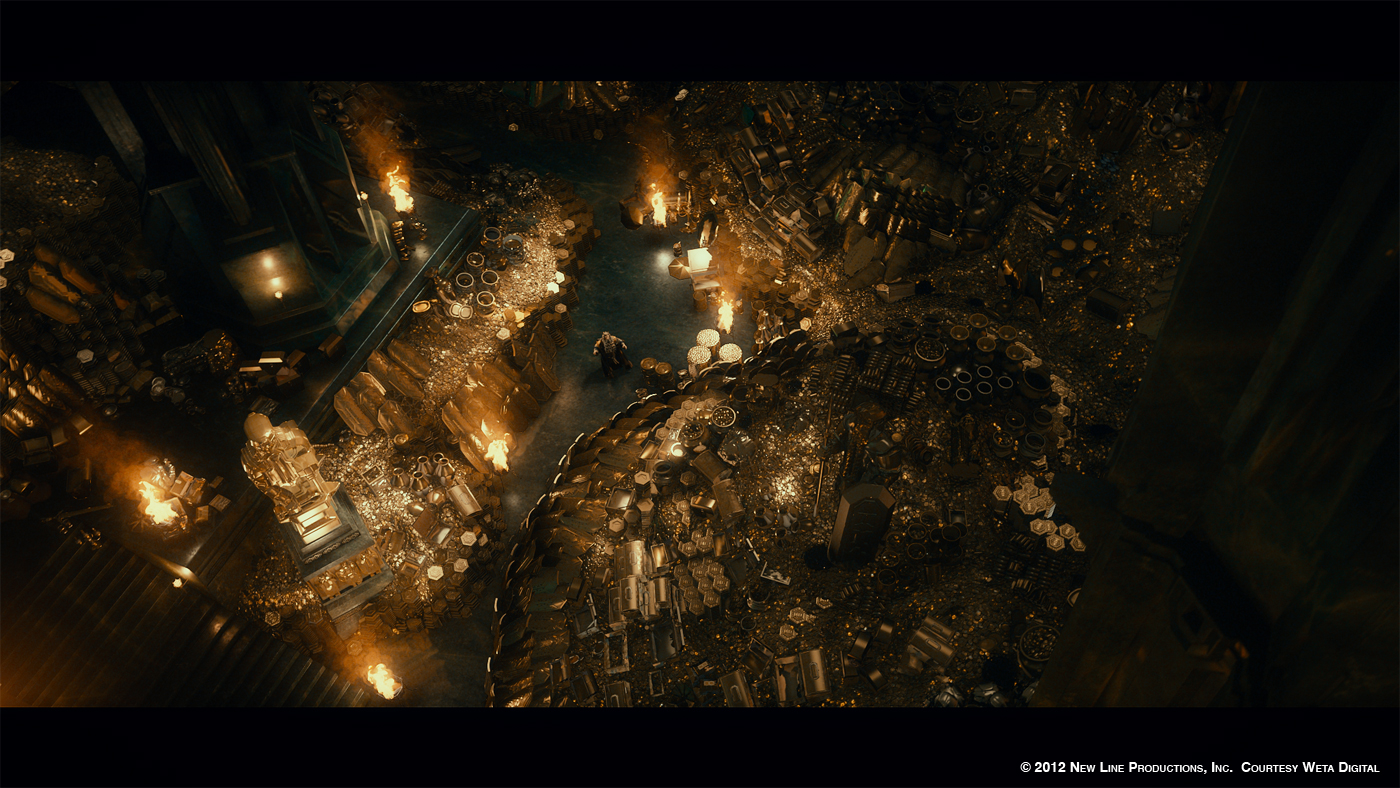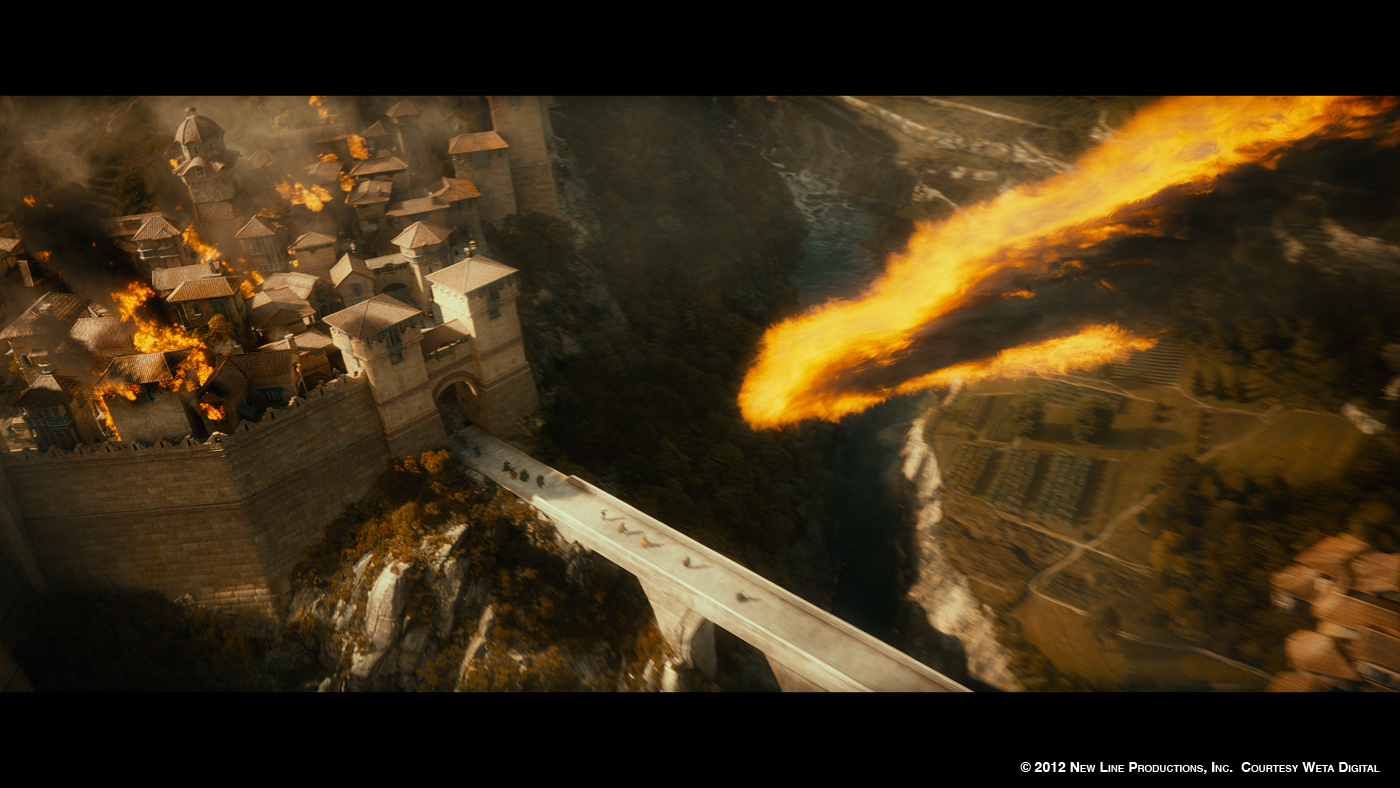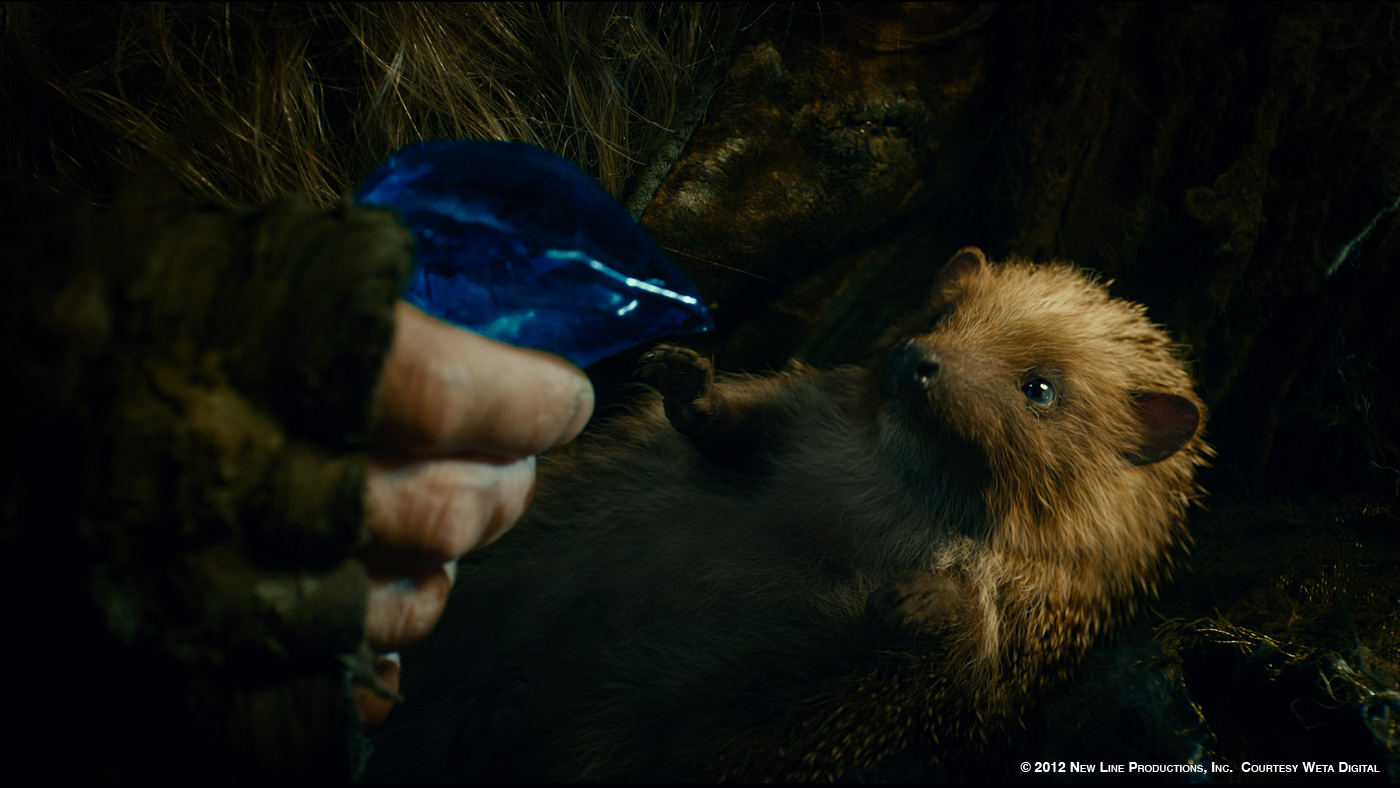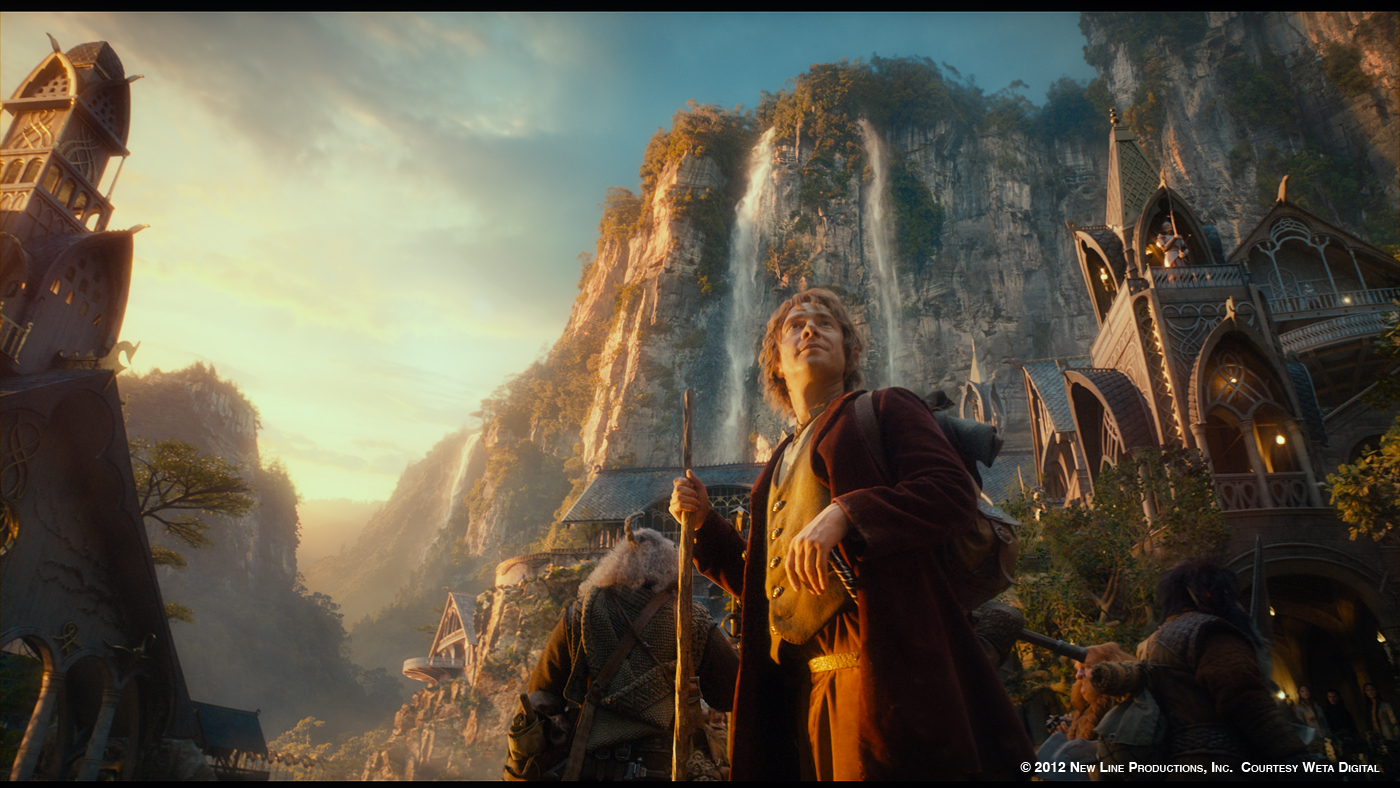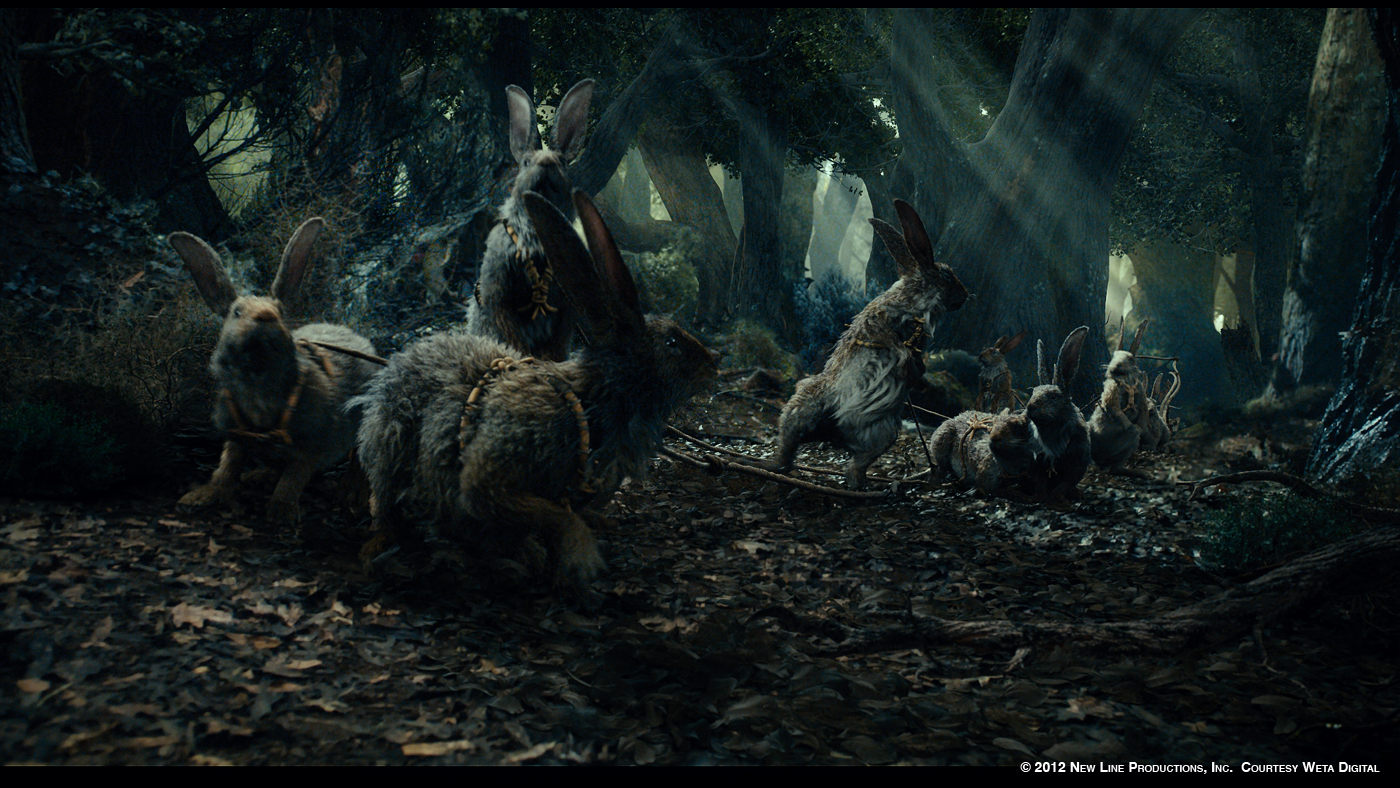Robin Hollander began his career in visual effects as a runner at MPC. He worked on many projects such as ALEXANDER or THE DA VINCI CODE. In 2007, he joined Weta Digital and participate in films like AVATAR, RISE OF THE PLANET OF THE APES and THE ADVENTURES OF TINTIN.
What is your background?
After finishing school in Switzerland at the age of 16, I did a one year course as a Multimedia Producer in Zurich. From there I worked for 4 years making interactive CD-ROMs and websites. as a boy I saw STAR WARS, and wanted to blow up space ships ever after that.
So we thought Multimedia would be a good stepping stone into the world of moving images. I then worked for a company specializing in Motion Graphics using After Effects. after almost a year there, I put together a showreel and went to London for a week, and dropped off my reel at countless companies.
I ended up being offered a job as a runner at MPC, where I started in 2002. By then I knew that I wanted to be a compositor. so from day one at MPC, I got access to their machines, and taught myself Shake by doing some of the tutorials they had kicking about. after 4 months of running, I started in paint & roto. Countless long nights later, I’ve ended up at Weta Digital in New Zealand, where I’ve been for 6 years now.
How did you get involved on this movie?
I missed out on the Rings trilogy back in the days, so I really wanted to be part of THE HOBBIT. I loved Tolkien’s books as a kid, and relished the opportunity to be part of it.
Can you tell us more about your collaborations with VFX Supervisor Joe Letteri and Eric Saindon?
Well my direct VFX Supervisor was Matt Aitken, who is one of the most amazing people you could ever wish to work for. But I’d go to target reviews every day, where Joe and Eric would go over everything. it’s incredibly humbling to be in a review with Joe, and I feel I’ve learnt a lot about how to look at an image from him. his attention to detail is pretty amazing. once you see his 4 Oscars in his office, it all makes sense though.
Eric is an awesome guy who never forgets to laugh, regardless how tired he is or how stressed he should be. that’s pretty inspiring, and makes it real easy for everyone to give their best work for him.
On which sequences have you worked on?
I worked on the ‘Prologue’ sequence, ‘Greenwood’ where Radagast the brown gets introduced, and the wide shots of ‘Rivendell’ where we see the company’s arrival and departure.
Can you tell us more about the impressive Prologue?
I really enjoyed the prologue, because it gave us about 6 or 7 totally independent environments to work in. There was the throne room, the mines, the entrance hall, up on the ramparts, exterior shots of Erebor, and the city of Dale. Each environment brought it’s own set of challenges, and I loved that we could support a lot of them through comp/2.5d solutions.
How was the part of models and CG environment for the Prologue?
They shot all the actors on greenscreen, with the main model build being for the rampart and the entrance hall.
Another challenge was that Erebor is made of green marble. So to pull a key off a green screen, where everything in the FG is made of shiny green stone; is pretty tricky, to put it lightly.
All the exterior shots were a mix of full CG and matte painting. The city of Dale was built for some close up shots, but was all CG for the wide shots.
How was the deep compositing used on this sequence?
Deep compositing is an integral part of the Weta pipeline; we use it on almost every shot. With the dragon attacking Erebor, we used deep extensively to hold out any FX elements like fire, smoke and dust against the set that they built. That often means roto’ing the set, placing it at the correct depth, and turning that in to deep.
What was the real size of the forest about Radagast house?
They built a set of ‘Greenwood’ in a warehouse outside of Wellington. On an average shot, we’d get maybe 3 rows of trees behind Radagast. The rest we extended with CG trees and matte paintings. The biggest challenge here, was the fact that it all had to work in stereo. Due to the incredibly tight turnaround of the shoot in that environment, they had to replant trees on an almost hourly basis. So often we were pressed for time with doing surveys of the set, which made matchmoving the trees very hard. In comp we had to warp and cheat a few trees into place, so they held up in stereo. And keying trees against set lights and the occasional prop that was left behind, is pretty time consuming.
Can you tell us more about the shots in which Radagast is nursing the hedgehog?
They shot that on set with a puppet of a hedgehog. That gave us some great reference as to how the spines react to Radagast touching the hedgehog, and also was a perfect lighting cue. We couldn’t keep anything from the puppet though, so a lot of tricky paint and clean-up was required. Animation did a great job on the hog I think.
How was created the shots in which Radagast is driving his rabbit sleigh?
That again was shot on the ‘Greenwood’ set. He was actually pulled on a real sleigh, by a quad bike covered with a green tarp. That was a looot of fun painting that out! They then matchmoved the set, animated some rabbits, and we enhanced the interaction by adding 2d and 3d elements such as leaves getting kicked up, branches and twigs snapping etc.
Can you tell us more about the beautiful shots of Rivendell?
The main look for Rivendell was established by the team around VFX Supervisor Chris White. We inherited the shots of the company arriving and leaving, and also a few wide shots. a lot of Rivendell was matte painting, led by Daniel Bayona. They did an amazing job of layering dozens of fully simulated waterfalls and other elements, to make the final image. Most shots for us were all CG, which is actually a nice change for compositors. We could focus on enhancing an already beautiful image, without getting too caught up in the technicalities of pulling keys etc. We worked closely on feedback from Joe and Eric, regarding the level of atmos surrounding Rivendell.
The FX department also did an amazing job with countless rivers and waterfalls, pouring all over the place.
How did you manage your team?
We had dailies in the morning, then rounds in the afternoon, and Matt Aitken was on hand if anyone ever wanted to show any work. We tried to team compers up as « comp buddies », so they could help each other if they had any questions, and check their work before it would get sent on to Matt and me. Weta is the kind of place that has such a great working environment, that no one is ever too shy or proud to ask questions or ask someone for help. Our head of department, Charlie Tait, does an amazing job at making sure that we have the talented people and resources to help us do our job.
On THE HOBBIT, there were over 10 comp supes/leads that would all report to him on any comp related issues or concerns. it was great that any major comp based decisions were managed by Charlie, while always seeking the input of the people around him.
How did you used the 3D space in Nuke for your shots?
We use it very extensively on anything we do these days. Especially as we were working in stereo, it was crucial to place elements and roto at the right depth. Using the deep renders, we could easily create point clouds of objects in world space, and use that as a guide to place cards and objects to project on to.
What was the biggest challenge on this project and how did you achieve it?
I think the sheer scale of THE HOBBIT; we did close to 2200 shots, which is pretty insane. In our biggest week we finaled 153 shots I think!
Was there a shot or a sequence that prevented you from sleep?
For me personally; the shot in the Prologue where Thorin runs out on to the rampart, and announces the arrival of the dragon. But from a comp department point of view; the very last shot of the movie.
What was your feeling to be in Middle Earth?
I loved it! The company exploded with new people from all over the world, and there definitely was a real buzz about the place. and being in Wellington on the day of the World Premiere, really made it all worth wile. to see thousands of people genuinely excited about the movie, and a whole country standing behind it 100%, was pretty sweet!
What do you keep from this experience?
Even more respect for everyone working here; it’s truly amazing how many shots the company churned out, in a rather short amount of time, without losing their cool and enjoying it every step of the way.
How long have you worked on this film?
I did some initial tests in September 2009, then was on it full time from January 2012.
How many shots have you done?
I think on Team Matt we went through 230 shots.
What was the size of your team?
At our peak we had 20 compers working for Team Matt.
What is your next project?
Straight on to THE HOBBIT 2. But I’m taking a few weeks off first.
What are the four movies that gave you the passion for cinema?
Definitely STAR WARS, for getting the ball rolling. TERMINATOR 2 and JURASSIC PARK for re-enforcing that I wanted to work in VFX.
And whatever movie I’m working on at the moment (laughs) !
A big thanks for your time.
// WANT TO KNOW MORE?
– Weta Digital: Dedicated page about THE HOBBIT on Weta Digital website.
© Vincent Frei – The Art of VFX – 2013

